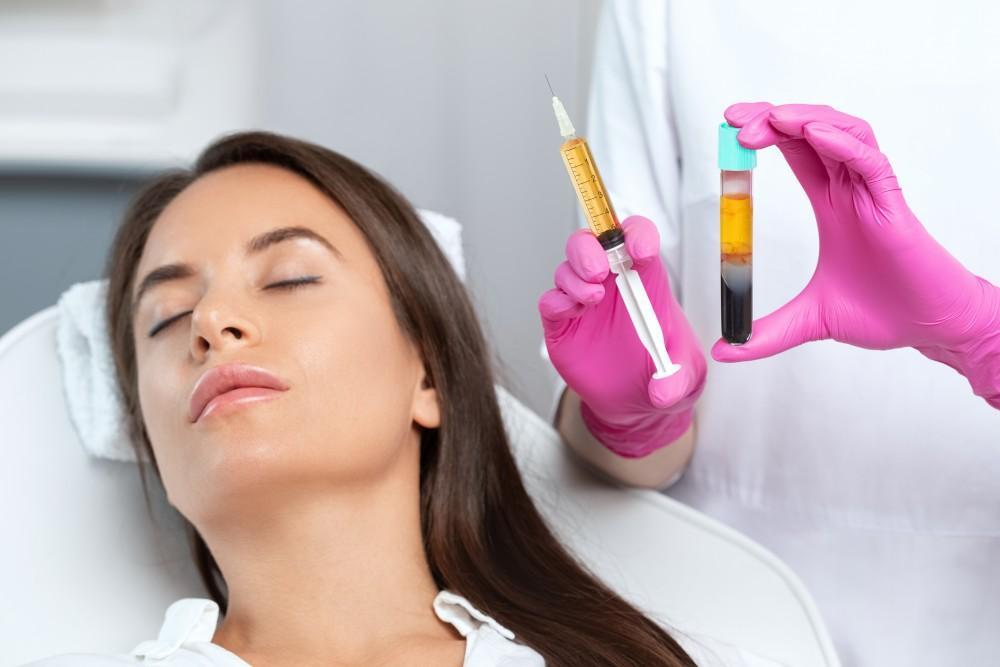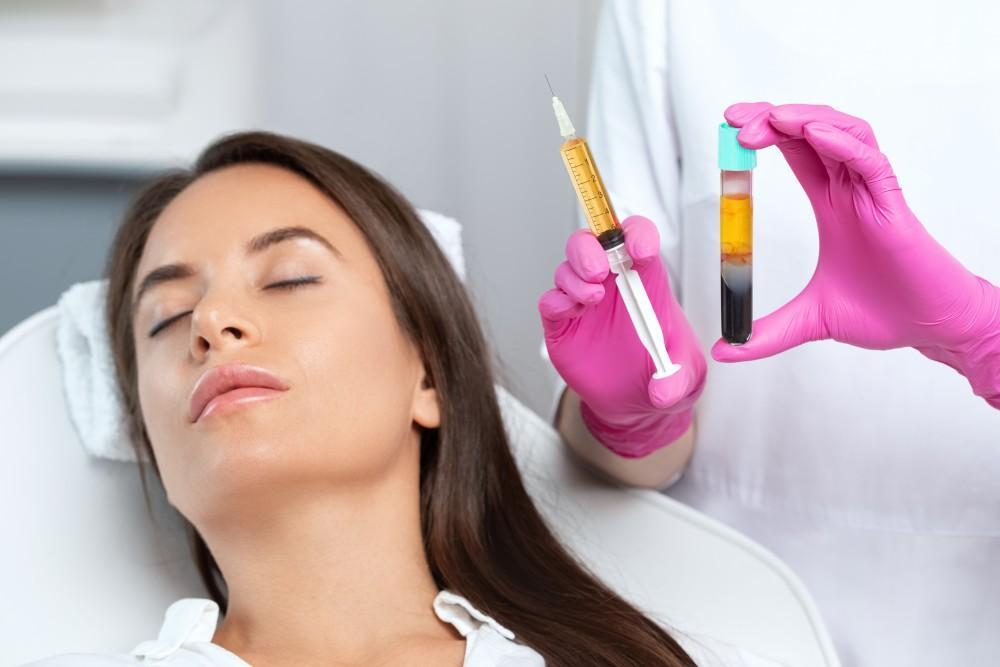Platelet-Rich Plasma (PRP) therapy is an advanced regenerative treatment that utilizes the patient’s own blood to accelerate healing. The procedure involves drawing a small amount of blood, processing it to concentrate platelets, and then injecting the plasma into targeted areas. PRP contains growth factors that promote tissue repair, making it a promising option for various conditions, including those affecting individuals with diabetes.
PRP and Diabetic Wound Healing:
One of the biggest concerns for diabetics is slow-healing wounds, particularly in the lower extremities. Poor circulation and nerve damage can make even minor injuries susceptible to infections. Platelet-Rich Plasma Treatment for Diabetics (تكلفة علاج بالبلازما الغنية بالصفائح (PRP) لمرضى السكر) has been studied for its ability to enhance the healing process by stimulating new cell growth and improving blood flow, which may reduce the risk of complications such as ulcers.

Managing Diabetic Neuropathy with PRP:
Diabetic neuropathy, a common complication of diabetes, causes pain, numbness, and tingling sensations due to nerve damage. Traditional treatments focus on symptom management, but PRP injections may offer an alternative by promoting nerve regeneration. Some studies suggest that PRP therapy can help reduce inflammation and restore nerve function, potentially improving the quality of life for diabetics dealing with chronic pain.
PRP for Joint and Muscular Pain in Diabetics:
Diabetes can contribute to musculoskeletal issues, including joint stiffness and muscle pain. PRP therapy is gaining attention as a regenerative solution for conditions such as osteoarthritis and tendon injuries. By injecting PRP into affected joints, the treatment may help reduce inflammation, ease pain, and improve mobility, which is particularly beneficial for diabetics looking to maintain an active lifestyle.
The Role of PRP in Hair and Skin Health for Diabetics:
Diabetes can lead to hair thinning and skin problems due to poor circulation and nutrient deficiencies. PRP therapy is widely used in dermatology to promote hair growth and skin rejuvenation. By stimulating collagen production and enhancing blood supply, PRP may help diabetics achieve healthier skin and thicker hair, addressing some of the aesthetic concerns associated with the condition.
Safety Considerations for Diabetics Undergoing PRP:
Although PRP therapy is generally considered safe, diabetics should be mindful of their body’s healing response. Factors such as blood sugar control, immune function, and overall health play a role in determining the effectiveness of the treatment. Consulting with a medical professional to assess risks and benefits is crucial before undergoing PRP therapy.
Evaluating the Value of PRP for Diabetics:
With its regenerative potential, PRP therapy offers hope for diabetics dealing with chronic wounds, nerve pain, joint issues, and aesthetic concerns. While more research is needed to establish standardized protocols, early results suggest that PRP can be a valuable addition to diabetes management. Weighing its potential benefits against individual health needs can help determine whether it is a worthwhile option.
Conclusion:
PRP therapy presents a promising approach for diabetics seeking alternative treatments for wound healing, nerve regeneration, joint pain, and aesthetic concerns. By harnessing the body's natural healing abilities, this treatment offers potential benefits that may improve overall well-being. However, its effectiveness varies based on individual health conditions, and maintaining stable blood sugar levels is essential for optimal results. While PRP is still being studied for diabetic applications, its regenerative properties make it a compelling option for those looking to enhance their quality of life. Careful evaluation of personal health needs and treatment goals can help determine whether PRP is a suitable choice.

